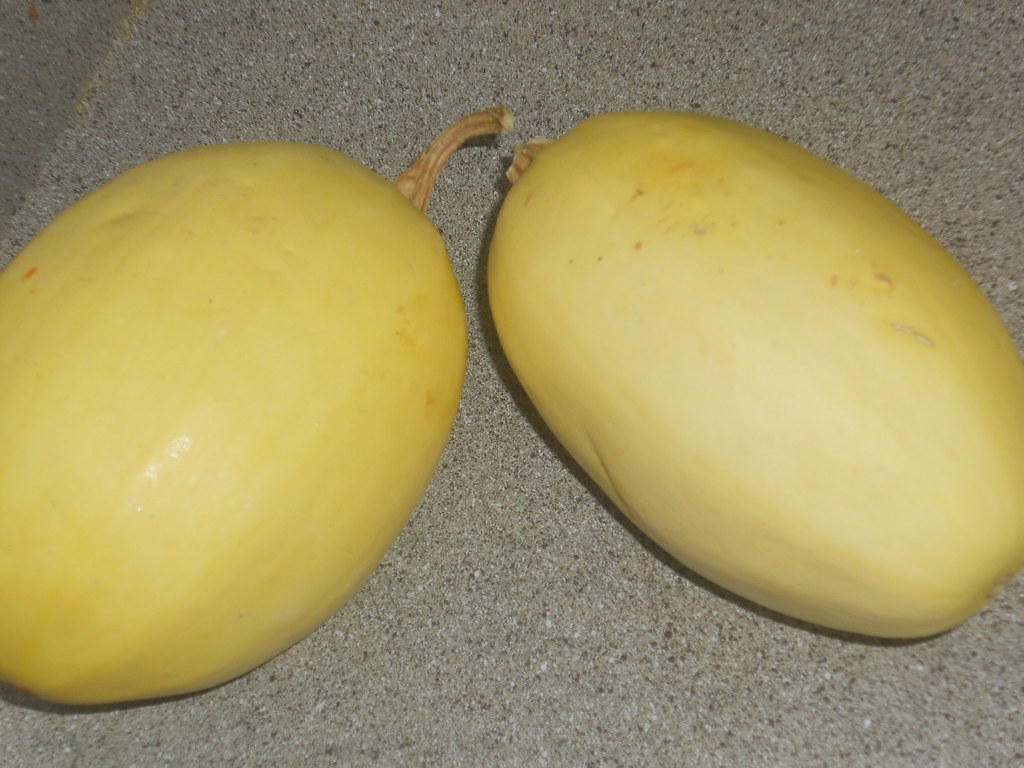As the season changes and the crisp autumn air sets in, it’s time to think about harvesting your gardens. If you’ve grown spaghetti squash this year, now is the time to learn how to properly harvest and store it to enjoy this delightful vegetable long after the growing season ends.
When to Harvest Spaghetti Squash
Knowing the right time to harvest spaghetti squash is crucial for achieving the best flavor and texture. Here are some signs that your spaghetti squash is ready for picking:
Color Change: The squash should be a deep yellow or creamy yellow color, depending on the variety. If it’s still greenish, it needs more time on the vine.
Hard Skin: Gently press your fingernail against the skin. If it leaves a mark, wait a bit longer; if the skin is hard and resistant, it’s ready to harvest.
Size: Most spaghetti squash varieties reach a size of about 6 to 12 inches long. A good rule of thumb is to harvest when they reach the size you’d like, keeping in mind that larger squashes may take longer to cook.
Stalk Condition: Look at the stem of the squash. It should be brown and dry. A green stem indicates that the squash may not be fully mature yet.
How to Harvest Spaghetti Squash
Once you’ve determined that your spaghetti squash is ready to be harvested, follow these steps for a successful harvest:
Gather Your Tools: You’ll need a sharp knife or pruning shears, gloves (to protect your hands), and a basket or crate for collecting the squash.
Cut the Stalk: Using your knife or shears, cut the stem of the squash about 2 to 3 inches above the fruit. Be careful not to damage the squash itself. If you accidentally nick the skin, use it immediately as damaged squash may spoil quickly.
Handle with Care: Squash can bruise easily, so be gentle while handling them. Place them in your basket or crate carefully.
Harvest on a Dry Day: It’s best to harvest your squash when the weather is dry. This reduces the risk of mold or rot during storage.
Proper Storage Techniques
After harvesting, how you store your spaghetti squash is important for ensuring it lasts throughout the fall and winter. Here are some storage tips:
Clean and Dry: Before storing, wipe off any dirt with a dry cloth or brush. Make sure they are thoroughly dry to prevent mold.
Cool, Dry Place: Store your spaghetti squash in a cool, dry area. Ideal storage temperatures range from 50°F to 60°F (10°C to 15°C). A basement or pantry works well.
Avoid Plastic: Never store squash in plastic bags because this can trap moisture and lead to rot. Instead, use breathable materials like cardboard boxes or wooden crates.
Check Regularly: Inspect your harvested squash periodically for any signs of spoilage. Remove any squash that are soft or showing signs of decay to prevent the spread to others.
Enjoy Your Spaghetti Squash
After harvesting and storing your spaghetti squash, the fun continues in the kitchen. There are countless ways to prepare it, making it a fantastic addition to your meals:
Roast It: Cut the squash in half, remove the seeds, brush with olive oil, sprinkle with salt and pepper, and roast in the oven for a sweet, nutty flavor.
Spaghetti-style: Once cooked, use a fork to shred the flesh into strands resembling spaghetti. Toss it with marinara sauce, pesto, or any of your favorite pasta sauces for a healthy alternative.
In Soups and Stews: Cooked spaghetti squash can be added to soups and stews, providing a hearty texture.
Salads: Cold, cooked spaghetti squash can be a unique addition to salads, offering a great source of fiber and nutrients.
Conclusion
Harvesting spaghetti squash is a rewarding endeavor that leads to delicious meals well into the winter months. By understanding when and how to harvest, as well as the best storage practices, you ensure that you can enjoy your crop for weeks to come. Whether you’re cooking it for family dinners or sharing it with friends, spaghetti squash is a wonderful autumnal treat.





